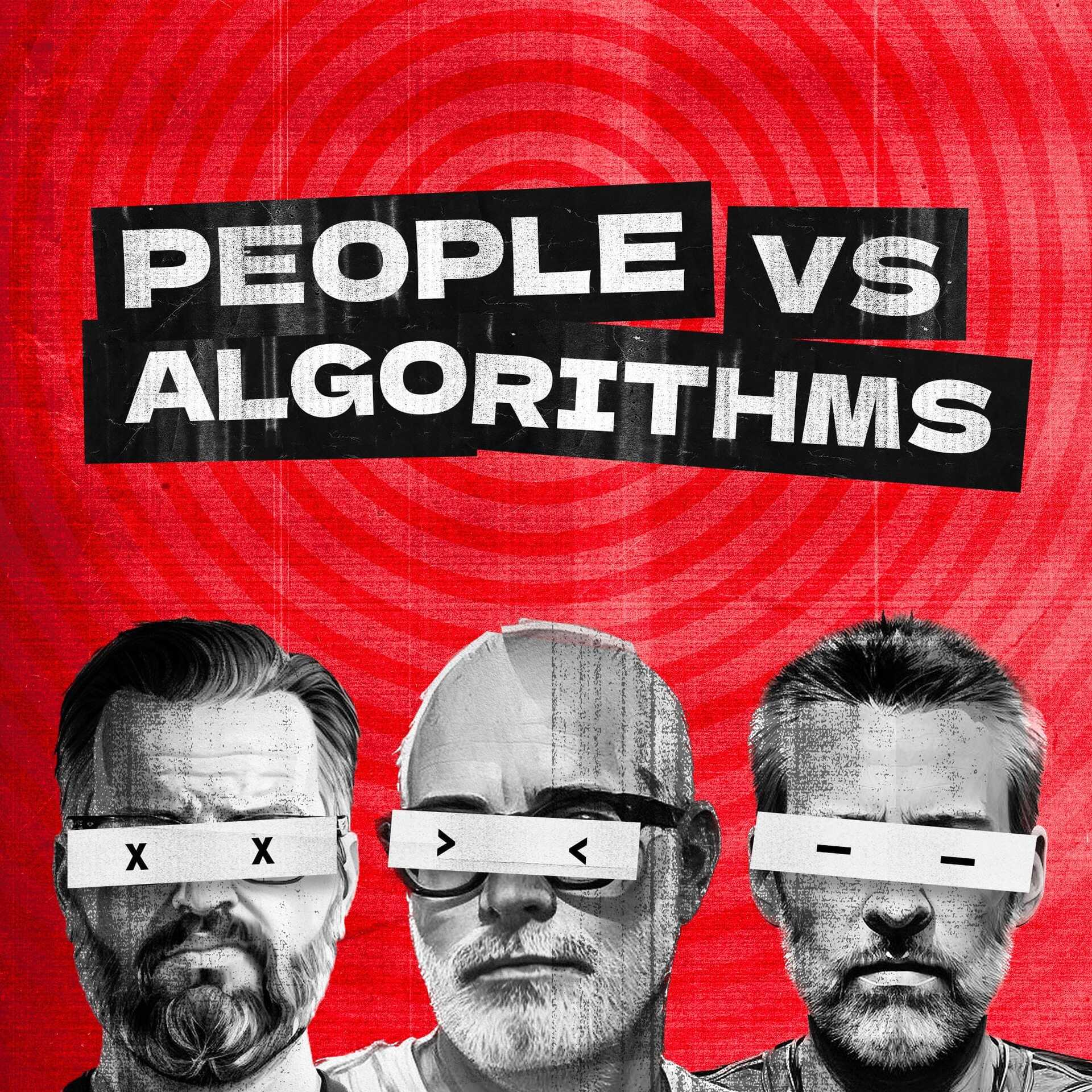Hello from Chicago, where I am interviewing Time CEO Jess Sibley later today at the Omeda OX6 event. My conversation with Jess will be a forthcoming episode of The Rebooting Show. Thanks to Omeda for hosting the conversation.
If you’re heading to Cannes, The Rebooting is partnering with Dotdash Meredith to hold a cocktail party at a villa. I’m going to record an episode of The Rebooting Show with Dotdash Meredith CEO Neil Vogel. Considering the return of the Google Dance (more on that below), we’ll have plenty to discuss as digital media heads for a particularly chaotic time — and hopefully the Sixers celebrate their first NBA championship since Moses Malone patrolled the paint. The event is from 4-6pm on Thursday, June 22. This is the tail end of the week, so things are bound to get punchy. To get an invite, submit your information here.

How Cahaba Media Group cut newsletter churn

List churn is a natural part of any newsletter. But left unchecked, mass unsubscribes can threaten your audience development goals, list health, and even your deliverability.
To win back at-risk subscribers, Cahaba Media Group turned to Omeda. Using Omeda’s marketing automation and database management tools, Cahaba designed an automatic workflow that could continuously identify records at risk of churn, pass them over to a customized re-engagement campaign, and then mark them at the end for further processing, email marketing activity, demographics, and more
At the end of the campaign, the Cahaba team has reduced churn from unengaged subscribers by over 11% for each of their newsletter products and reactivated more than 3% of their suspended records.

Check out the latest episode of People vs Algorithms, where Troy Young, Alex Schleifer and I discuss ambient media and more.
The experience of much of modern publishing has been an experience of jumping from one burning platform to another burning platform. It’s hard to believe anyone convinced themselves those fleeting 3-second views of Facebook videos meant much. Publishers rushing into TikTok’s arms after promises of a rev share clearly have strategic amnesia. This never ends well. But might as well get while the getting is good. Even search is in tumult (more below).
Much of media is focused on winning on intent and engagement. That’s why former Gawker boss Nick Denton and BuzzFeed’s Jonah Peretti admitted the perverse incentives of the last era were to generate unique users versus pageviews. They were using shorthand for trading fleeting impressions for loyalty and depth. This is what I was trying to get at with the concept of primary-engagement media.
Many times depth is misinterpreted to mean keeping someone on a webpage, for instance. Or the hare-brained notion that the homepage is poised for a comeback. Any plausible notion of where the media business goes next does not involve massive amounts of people waking up one day and deciding to use the internet like in 2004. It just isn’t happening. The webpage itself is poised to give up its central role. Once search is broken as the backbone of the digital economy, the webpage will enter terminal decline. It had a good run.
One area that deserves revisiting is what now CEO of Future Jon Steinberg described to me as “ambient media.” Jon was launching Cheddar at the time, and I was extremely skeptical, to say the least. But Jon is perhaps the most compelling sales person I’ve met. The pitch Jon gave me for my question of who is going to tune in to Cheddar on a random OTT channel revolved around ambient media.
Much of media is ambient media. It’s CNBC on without the sound on. It’s what drove radio. Bob Ross wasn’t popular because of his watercolors. Morning TV is classic ambient media. And it’s behind much of what I still think is the underrated power of a medium like podcasting. I have been around long enough to go through three or four cycles of, “Is podcasting dying?” Peaks and troughs. Cutbacks in the funny money area of podcasting, like the millions thrown at celebrities, have given the impression podcasting is again dying. On the contrary, as Semafor’s Max Tani pointed out, podcasting is shifting to its power as a “midtail phenomenon.”
Podcasts offer depth of engagement even though it is ambient. Many would knock ambient media as mere background filler, but its presence in the background builds habit. To use a dated Internet 1.0 term poised for a comeback, podcasts are sticky.
I regularly hear from people about the two podcasts I do, The Rebooting Show and People vs Algorithms. The raw audience numbers of both shows are smaller than newsletters, and they are far harder to monetize because there is no way to get people to click – and it’s ambient, so people aren’t by definition in action-taking mode. But podcast listeners feel a connection to the media in ways that are qualitatively different than other types, I’ve found.
That’s why I find the dynamics of podcasting intriguing, because it rewards the relatability of the participants over simply information transfer. The best media helps people connect dots, and podcasts are ways to introduce ideas through conversation that allows people to apply them in their own circumstances. And it’s wrapped in the typical asides that add a human dimension. That’s something I cannot see ChatGPT doing.
Finally, ambient media works because it asks just enough of people. I worry sometimes about losing engagement just because of the sheer number of newsletters people get. This is the typical challenge of media. As a distribution platform proves effective, everyone flocks to it and weakens its long term viability.

The modern consumer’s source of truth
We’re talking about commerce content. impact.com’s latest research reveals 81% of publishers depend on this channel for revenue growth. Read the report to learn about the expanding role of commerce content in publisher revenue and budgets, and the challenges publishers face as the channel continues to grow. Read the report.
Return of the Google Dance
The introduction of AI in search was meant to force Google to “dance,” in the words of Microsoft’s CEO. His choice of “dance” is interesting, since the “Google dance” always occupied a key role in the early days of search optimization. It was the nickname for when Google made algorithm updates, creating winners and losers. Search was more volatile then, more of a Wild West. Through all the turbulence of digital publishing in the past decade, search has remained a mainstay for publishers, a reliable source of high value traffic.
Now, that’s at risk, as Google is forced to dance in response to advances in AI search as shown by ChatGPT and Bing. In its demo yesterday, Google revealed how it anticipates search changing. The exact implementation will shift, but what’s becoming clear is that the status quo, with search as the backbone, is ending. AI search will narrow the real estate available, and like all economies, the digital economy is charged by real estate.
Google has been something of a dictator of the digital information economy, only it has mostly been a benevolent one, at least as far as dictators go. Google spread traffic around, took its piece of the action through its ad stack and everyone grumbled about their shares and the taxes being too high but the system worked. The end of the pageview economy is going to have massive ramifications for publishers, starting with those who get most of their traffic from Google.
Get in touch if you want to discuss sponsorship options to have a conversation with over 16,000 publishing professionals. My email is [email protected].